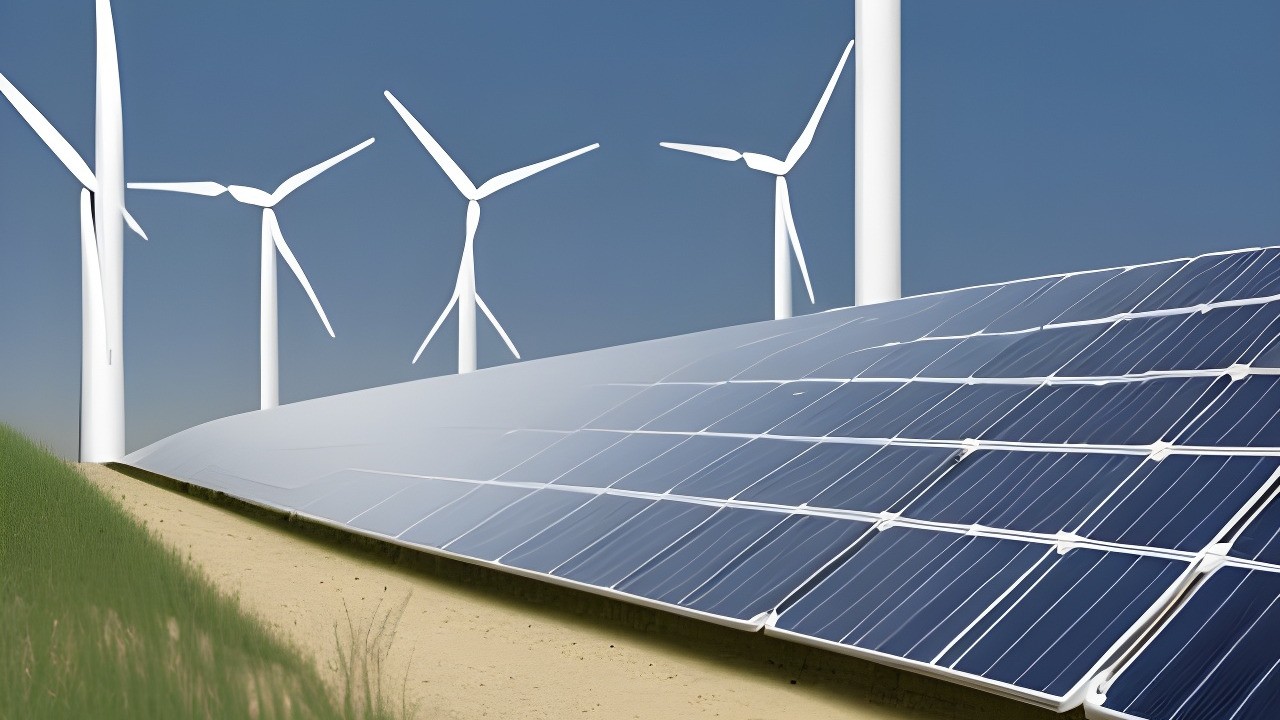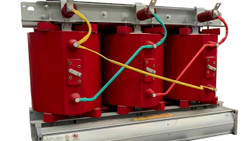The energy transition from fossil fuels to renewable sources is essential for the global shift towards sustainability. However, there are many hidden pitfalls that must be addressed in order for this transition to be successful. Two of the most important factors to consider are energy storage and transmission. In this blog post, we will explore why energy storage and transmission are essential components of a successful energy transition, and how they can help to avoid any unforeseen issues.

The Need for Energy Storage
As the world moves towards a more sustainable, renewable energy future, energy storage has become a critical factor. Without it, large-scale energy transitions are simply not possible. Energy storage is necessary to ensure that energy generated from sources such as solar and wind is available when demand is highest.
Smart meters provide an effective way of monitoring energy usage in real time and helping households manage their energy usage. However, they cannot provide a long-term solution for storing large amounts of energy. This is where battery storage comes into play. Batteries can store energy generated by renewables to be used later when demand is higher, preventing any unexpected drops in energy supply. Additionally, batteries can help even out fluctuations in the electricity grid.
In order to make large-scale renewable energy use viable, the development of more efficient and cost-effective battery storage technologies is essential. With the right technology in place, energy storage can play an important role in making renewable energy use practical and reliable on a large scale.
The Need for Improved Transmission
One of the major pitfalls in energy transition is the need for improved transmission infrastructure. This requires a shift away from traditional power grids that rely on large, centralized power plants, to a more distributed system. This includes developing smarter meters and other technologies that allow energy to be stored and transmitted more efficiently. Smart meters are capable of monitoring energy consumption, allowing users to optimize their energy usage in real-time, and also provide data on energy generation. Additionally, improved transmission infrastructure can help prevent power outages and reduce line losses due to inefficiencies in the grid. Increased investments in smart grids, microgrids and advanced transmission systems can help ensure a more reliable electricity supply.
The Environmental Impacts
The energy transition is often seen as a green solution to our climate change problem. However, there are some potential environmental concerns that must be addressed.
The energy transition will require the development of new transmission lines to accommodate the increased demand for electricity. This could create land use conflicts and the potential for disruption of ecosystems or other wildlife habitats.
Finally, the energy transition will also bring about changes in energy sources. While renewable energy sources offer many environmental benefits, they can also have some negative impacts, such as habitat loss and air pollution due to manufacturing processes. It is important to ensure that any new sources of energy are both environmentally friendly and sustainable.
The Social Costs
When it comes to energy transition, one of the major overlooked considerations is the social costs. Making the switch to renewable energy sources requires an investment in infrastructure, and those investments can lead to unintended consequences for communities. For example, the installation of smart meters, which are designed to measure electricity usage, comes with benefits for the users, but meter readers will become unemployed. Additionally, the construction of large-scale solar and wind farms can bring with it changes to local landscapes, leading to complaints from homeowners who may have had a different view before the farms were built. There are also implications for jobs and the economy in areas that are transitioning away from traditional sources of energy. For example, when coal-fired power plants close, workers lose their jobs and need to find alternative employment. To properly address these social costs, governments must consider ways to help individuals and communities adjust to these transitions, such as providing job training or financial assistance.
The Political Risks
The energy transition involves significant changes in policy and infrastructure, which makes it vulnerable to political risks. Governments may be hesitant to approve or fund the large-scale projects necessary to move away from traditional sources of energy and towards more renewable sources. Smart meters are a great example of this, as the rollout has been stalled in many countries due to political pressure from certain groups. In some areas, smart meters have been met with resistance from consumers due to privacy concerns, making it difficult to implement them on a wide scale. Additionally, different countries are at different stages of energy transition, so international cooperation is necessary to make sure all countries are on board with the same plan. This can be difficult due to the disparate levels of development between countries, as well as differences in political ideologies and priorities. Finally, any change of this magnitude will need to be managed carefully, as there is always a risk of creating economic instability when attempting a large-scale shift in energy production.
Takeaway
The energy transition is necessary for a number of reasons. First and foremost, our current reliance on fossil fuels is unsustainable and contributes to climate change. By transitioning to renewable energy sources such as wind, solar, and hydropower, we can reduce our greenhouse gas emissions and mitigate the impacts of climate change. Additionally, renewable energy sources are becoming increasingly cost-competitive with fossil fuels, making them a more attractive option for consumers and businesses alike. Finally, shifting to renewable energy sources can help to reduce our reliance on foreign oil while increasing our energy independence. Overall, the energy transition is an important step towards a more sustainable and secure future, but it must be carefully implemented considering all aspects.
We in CLOU are contributing with our expertise and various hard- and software solutions to make the transition successful. Please contact us for more information.
Editor's note: This article was originally published in March 2023 and has been updated for comprehensiveness.





All comments are moderated before being published. Inappropriate or off-topic comments may not be approved.